By Les Tan/Red Sports
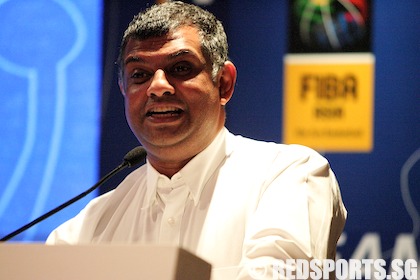
Tony Fernandes, the chairman of the ASEAN Basketball League. He doesn’t even play basketball but he understands what will make the league work. (Photo © Les Tan/Red Sports)
History was made in Kuala Lumpur on Monday, January 19th with the announcement of the first ever professional sports league in ASEAN.
By the end of the press conference, there was no mistaking who would make the ABL work – none other than Tony Fernandes, the founder and owner of AirAsia.
Of course no one man can run a professional basketball league alone. He will need technical expertise from the South East Asian Basketball Association (SEABA), for by his own admission, Fernandes, who is the chairman of the ABL, actually knows nothing about basketball.
“I’ve never played basketball in my life,” he said and added self-deprecatingly, “I now look like a basketball.”
Mind you, what was announced was nothing more than an idea. There was no concrete structure, no specifics of how much the franchise fee or prize money would be.
Interested private commercial team owners were invited to submit their application and the committee would evaluate.
That was it.
Even the Singapore Slingers were not announced as the first team in the league although given that Fernandes is also the chairman of the Slingers, their participation is naturally assumed.
But as he spoke about the potential of the league, you just knew this man understood why a league like this would work.
“I’m convinced that after a few years, we’ll get crowds of 12, 13, 14,000. We’ll make ASEAN a much smaller place,” said Fernandes.
Recalling the era of Malaysia Cup football, he said every game in Malaysia was packed whenever Singapore was in town. Everyone wanted to beat Singapore.
If we cared to admit it on this side of the causeway, we too wanted to see the Lions beat the living daylights out of the Malaysian state teams. The Malaysia Cup tapped into a primal vein of adrenaline. The football wasn’t that great – nostalgia improves perceived quality by a factor of at least 2 – but the excitement was the best legal high outside of drugs.
And so Fernandes understands the ABL can work the same way and said as much.
Once the structure is in place, fans will want to experience the high of a Singapore team beating a Malaysian team, to feel the dread of facing a powerhouse Filipino team.
But it’s not the national teams playing, you say? Well, that’s the masterstroke of the ABL, you see.
It throws away a nationalistic concept that won’t work because no one will watch an ASEAN league with just national teams because the Philippines will win all the time. The old national team idea is stillborn.
However, control the balance by having foreign imports and ASEAN players with a cast of local players, run it commercially with private owners to bypass the bureaucratic morass of the local sports associations, and you have the potential for an absorbing, fascinating and competitive league.
“It will be a valuable platform for sponsors,” said Fernandes, who thinks the league can break even in two years.
The man should know. He took over a loss-making airline called AirAsia with debts of RM$40 million for RM$1, mortgaged his house and sank in his savings. And he did all this just after the September 11, 2001 terrorist attack in America when no one wanted to get on a plane for love or money.
One year after taking over, he cleared the debts and by 2004, had listed it on the KL stock exchange.
With a regional league, fans may even want to travel to watch their team play in regional countries. Guess which airline Fernandes would like them to fly?
“Apart from flying AirAsia, there’s nothing else they can afford,” he quipped, with a nod to the current financial crisis.
“My dream is 5,000 people flying to Jakarta or Manila to watch a game.”
“People are asking me why we are launching this league in this current financial situation. However, I believe that this is the best time to build up your brand.”
As he has shown, the man does know something about timing. © Red Sports

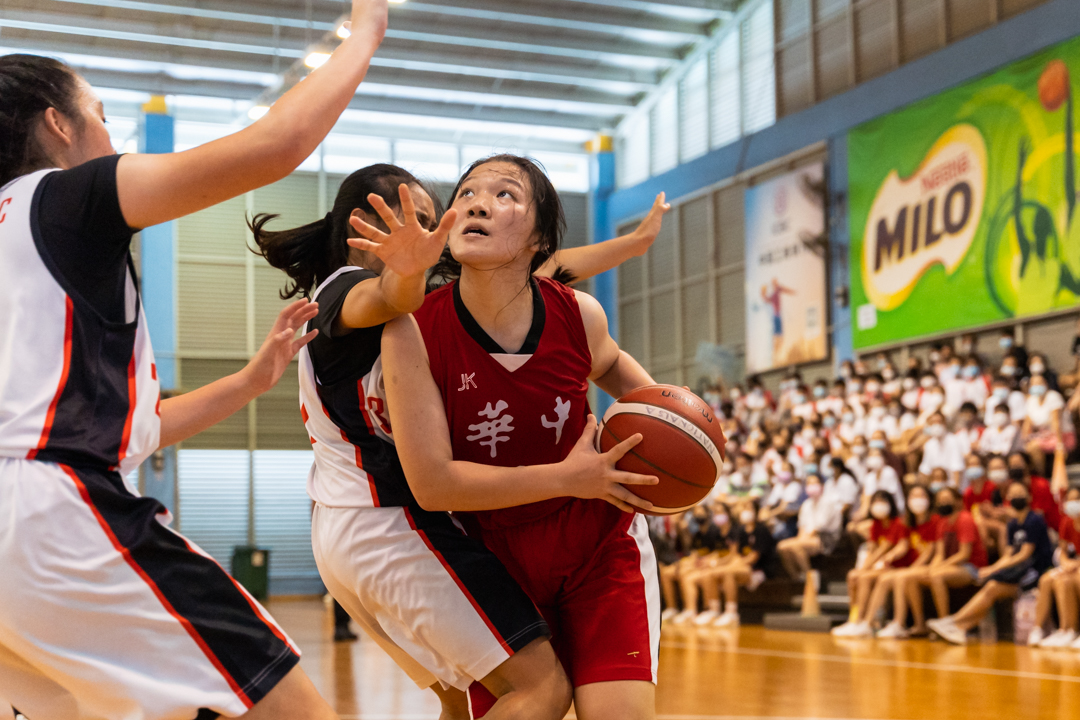
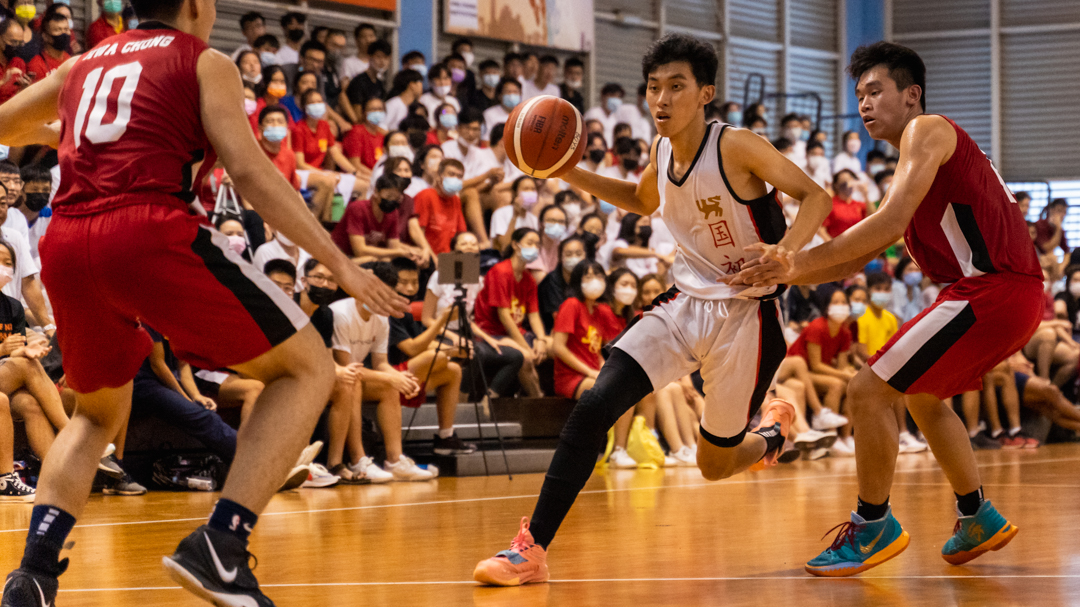
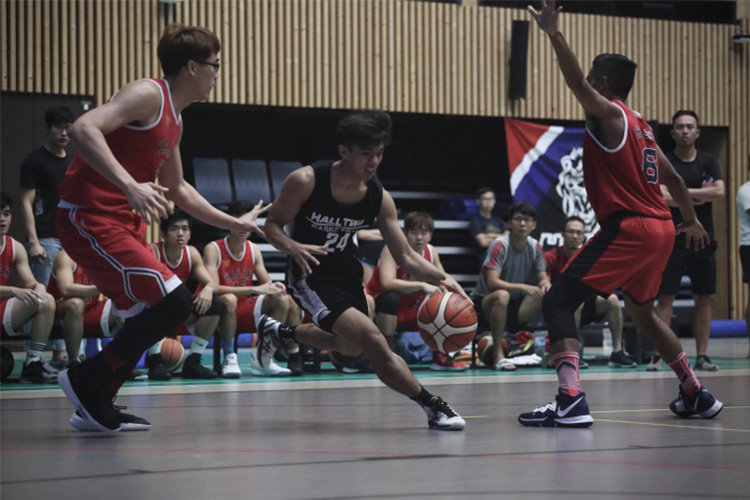
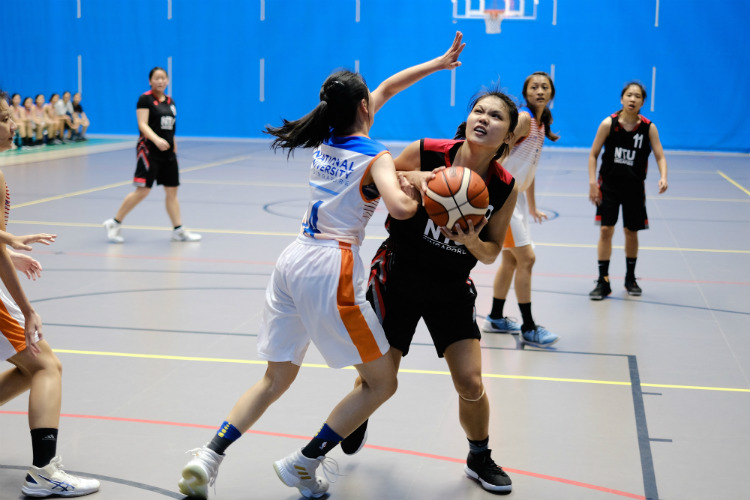
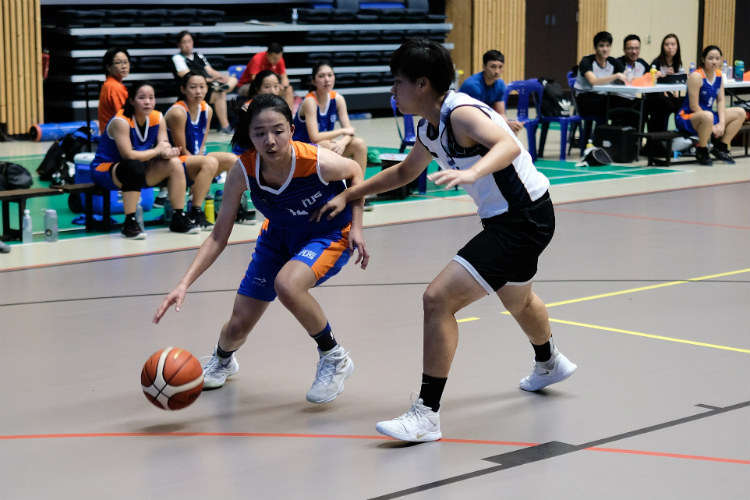
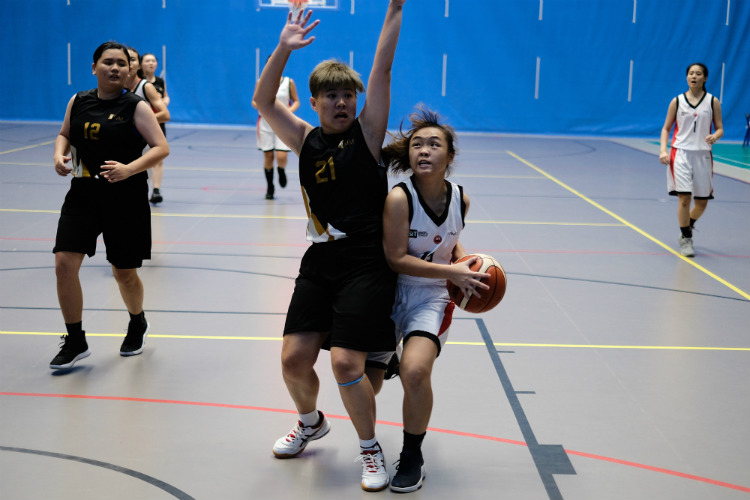
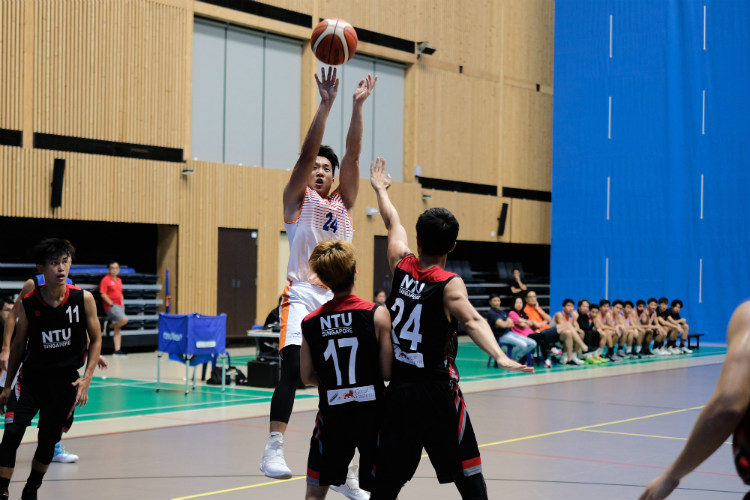
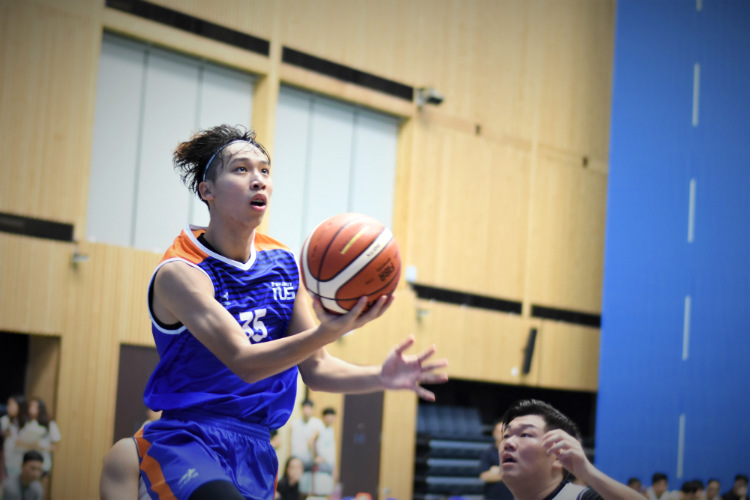
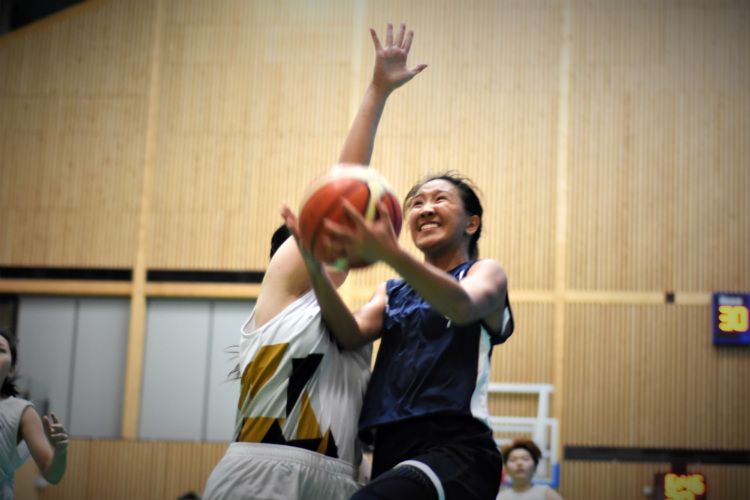
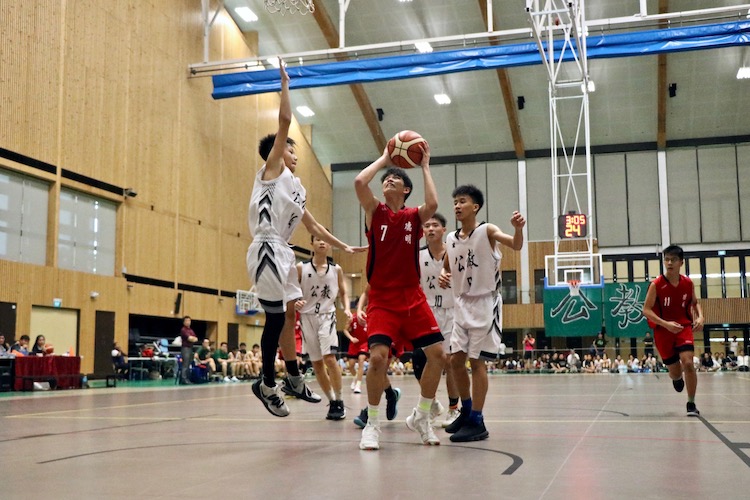
[…] Stories Slingers set for ASEAN Basketball League in September 2009 The main reason why the ASEAN Basketball League will work? Tony Fernandes The Game 39 proposal of the English Premier League (or how to extract more money from […]
I just checked through the official score sheets from the slingers site, there is an attendance marked on them. It shows it as 1000 for almost all the games. Only the games against the pinoy teams is greater than that. This is the one from Darwin:
http://www.singaporeslingers.com/index.php/2008/12/17/slingers-beats-darwin-all-stars-in-%e2%80%9cdunk-fest%e2%80%9d/
Even this seems to be an overestimation – a rounding up of the attendance. It seemed even less than 1000 for most of the games.
Thanks for the research, Moh.
I think I know what happened. The figure I get comes from the PR agency for Slingers.
I think the figure on the scoresheet comes from the indoor stadium folks.
That’s my guess.
The crowd figures for the game against Darwin was 3,800 from the Singapore Indoor Stadium.
http://redsports.sg/2008/12/18/slingers-darwin-all-stars-basketball/
The crowd figures for the Malaysian game is unknown. It wasn’t reflected in the official stats put out by the Slingers. Maybe that one was under 1,000?
The lowest crowd figure of 1,700 is just an estimate of mine. I don’t have access to the official figures.
Actually, now that I think about it, there was once I came across a figure of 1,200 for a game. Maybe it’s the Malaysian game.
The stadium does look kinda empty even with 3,000 people, I realise. It’s quite cavernous.
It’s like the National Stadium effect. With 30,000 at that Stadium, it still looks fairly empty.
The challenge series suffered from a major problem – the games were inconsequential.
Hopefully, for all bball fans’ sake, the ABL is worth the time and money.
Since Tony Fernandes’ and company are putting their money on the line, we have a higher chance of an entertaining ABL.
As they say, they are putting their money where their mouth is.
The smallest crowd was 1700 in the third season??!!! Impossible!! I am not sure where you have got your figures from. I remember that the game against the Darwin team had only 900 or so people and the game vs the Malaysian all stars had even lesser attendance than that. I hope the Slingers haven’t been fudging on their attendances to make them look good. I have been watching the Slingers for all 3 seasons and I think the second season has had the best crowds so far, there were always more than 2000 people present, even to a weekday game.
For me personally, I have been going to the games this season just to support the Slingers, but the value has just not been there. If the quality of play in the ABL is similar to what it was this season then I don’t think I will be heading down to the games.
To Moh
The smallest crowd I believe was 1,700 in the third season.
You are right – it will be about entertainment. If it’s not entertaining, no one will watch the ABL. The squad balance will be important. That will be key.
The NBL is a non-starter financially. They couldn’t sustain it. Also the NBL story is not compelling unfortunately.
I feel that the success of the league depends on entertainment value more than anything.
On any given night, the pro-league needs to compete for the entertainment dollars which means that it has to prove itself to be a viable alternative to watching a movie or going out for a drink.
I remember that for the first 2 seasons when the Slingers were in the NBL it was exaclty that – great entertainment. The problem was that in the first season, there was next to no marketing and hence people didn’t even know the slingers existed. I think they only averaged crowds of 1800 then.
I remember in the second season, they began averaging crowds of 2400 and even the non-expat population became hooked to it. I know lots of people who have never gone to a game and hence don’t know much about it, but I don’t know of anyone who went for a gamne and didn’t enjoy it.
I think the third season has definitely been a step backwards and hasn’t quite worked out the way the Slingers hoped it would. For the pinoy teams the crowds were huge, but for the non-pinoy teams there were less than 1000 people showing up. The cumulative effect has been that the expat crowd has thinned out and I think this is due to the poor quality of the visiting teams. I remember last year when the Slingers used to be down by 15 and then Helms and Grizz would take over and tie the game in the matter of minutes – it used to be so exciting. I belive that if they had continued in the NBL, the average crowd would have gone up to about 3000-3500 per game, which is not too bad by NBL standards.
I have an idea which I would like to suggest. Perhaps the slingers can play in both leagues – the NBL and the ABL for the upcoming season. In the NBL they can field their quality players and in the ABL they can play their local talent. This would be a great way to develop basketball in S’pore as well.
Hi Frankie,
I think Tony is capitalising on the sport to continue to drive the tourism economy during this downturn, which will ensure a good fighting chance of survival for his core business (AirAsia) during the downturn. I’m sure he has done his math.
Whether people fly to say Thailand primarily for the game, or the game as an excuse or bonus for the cheap travel, it doesn’t matter, as long as they fly. 😉 From a businessman point of view, I don’t see why he would do this just to promote the sport, its business.
And I do see Asians traveling overseas to support their players, it depends on the appeal of the sport and what the sport means to the country. I travel a lot to report on badminton, and I’ve seen plenty of Malaysians traveling across borders to watch badminton.
But badminton is like ‘national’ sport in Malaysia, and the quality of Malaysian badminton players are world class. So there must be quality in the league for this model to work, which is too early to say now until the teams are announced. : )
I’m not trying to smash the ABL idea down, but frankly I don’t see how it will work.
The Phillippines already have their own PBL, and any team they send will probably be 2nd tier teams, which will still be a force against other Asean teams.
Then there is a question of number of foreigners and standard of play. As it stands, its 2 foreigners plus 2 Asean players, so that means 8 locals. Not looking down at the local players in Singapore, I can’t see how we can maintain the standard of the current Slingers with only 2 foreigners and 2 Asean players. ABL, as it seems, should be a lot weaker than the NBL that featured here for a while, and also the ABA played in Toa Payoh when Beijing Aoshen chose to play here before the Olympics.
And then Fernandes may just be too optimistics about the potential away support. Travelling overseas to watch local team play hardly ever exist in Asia, although it is growing a little with J-League and K-League clubs in football, so it’s more like the local fans need to fill up the grounds rather than having to rely on huge away support.
You are quite right, Frankie. It won’t work with a 2 foreigners + 2 ASEAN + 8 locals format. Philippines will mop everyone up even with that formula.
A 3 import + 3 ASEAN + 6 locals will work better in terms of balance. That’s what the Slingers are pushing for, having spoken with their management team.
The ABL is going to be a cocktail of nationalism, entertainment, talent mixed into one bag. If it was purely nationalism, like the SEA Games, it won’t work. THe philippines will beat everyone, and nobody will want to watch it after awhile.
It will be interesting to see it develop. Red Sports will be following the story and so stay logged on. We’ll keep you updated.
This ABL thing if it works will be a big thing in Asia. Imagine, no more national teams but a sprinkling of Filipinos, Singaporeans, Malaysians, Thais, Vietnamese, Laotians, Cambodians, Bruneians on all the competing teams making it a balanced and credible league. How will Mr. Fernandes do that, I really don’t know. He better ask advice from the people running the now-defunct MBA of the Philippines on how to make this league exciting and cross ethnic boundaries.
What happened with the MBA in the Philippines?
The multi-ethnic backgrounds of all the teams that will line up in the ASEAN Basketball League is what intrigues and excites me because cosmopolitan teams have the best chance of attracting a regular following in sports in ASEAN.